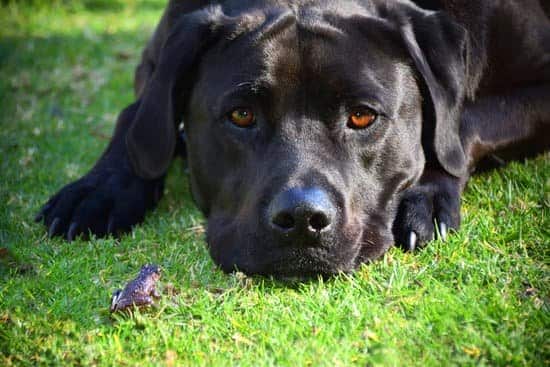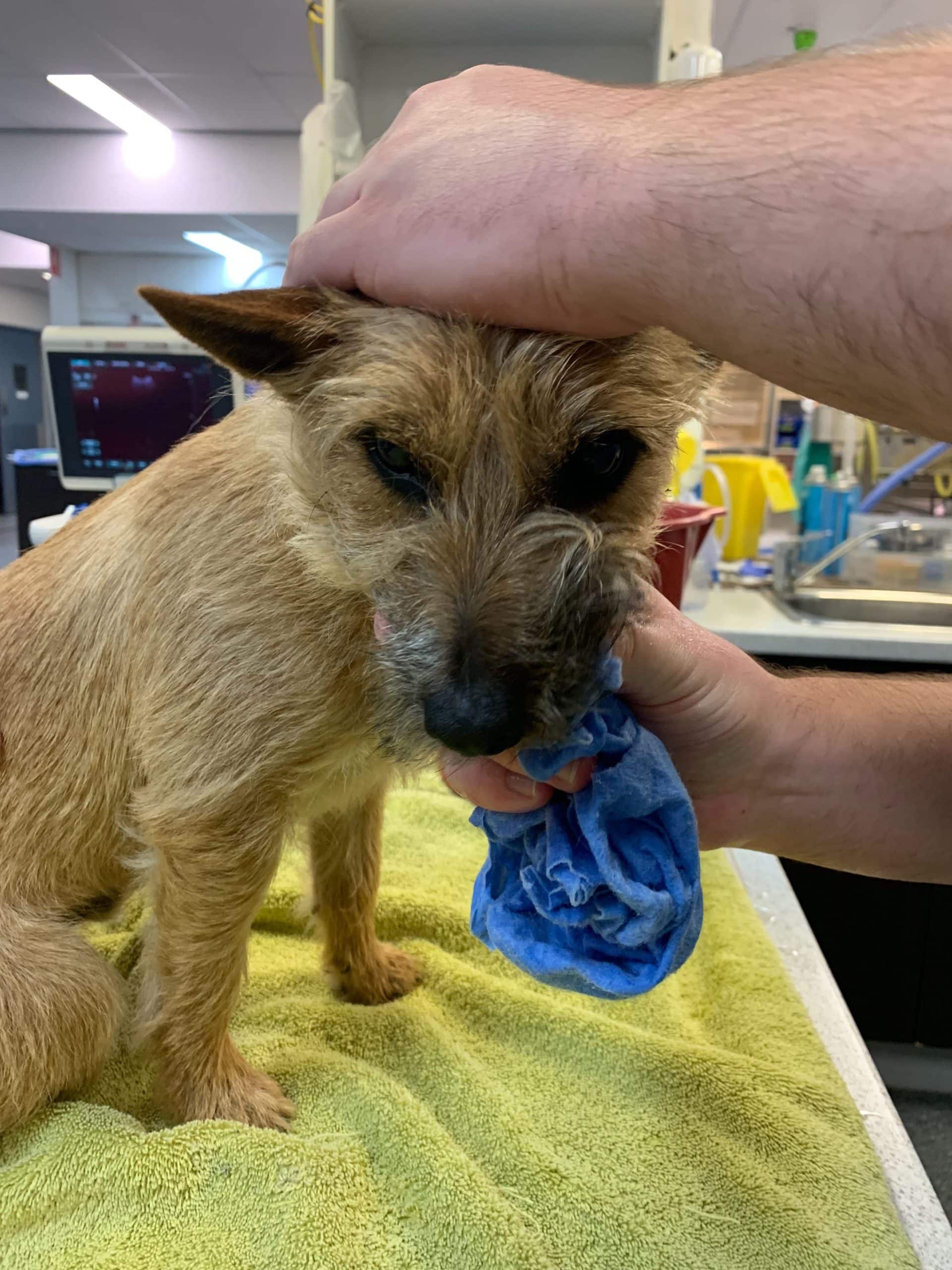What happens if a dog licks a toad?
If your dog has licked, chewed or eaten a cane toad, otherwise known as mouthing, the toxin is rapidly absorbed through the gums. The toxin can also be absorbed through the eyes, nose and any open wounds as well. The consequences of this toxin varies.
 The toxin usually causes a localised irritation to the gums, resulting in increased salivation/drooling which may be seen as foaming from the mouth. Your pet may also be seen to be pawing at their mouth due to the discomfort. The gums become bright red in colour and have a slime-like feel.
The toxin usually causes a localised irritation to the gums, resulting in increased salivation/drooling which may be seen as foaming from the mouth. Your pet may also be seen to be pawing at their mouth due to the discomfort. The gums become bright red in colour and have a slime-like feel.
Your pet’s eyes might dilate, the black pupil appearing larger than normal, and they might become stiff in the legs as they progress into the more severe signs of muscle tremors, seizure, at worst sudden death can result.
It is important to seek veterinary help immediately, as an average sized dog can die within 15 minutes of coming into contact with a large amount of the toxin.
What to do if your dog licks a cane toad
If you suspect your pet has become affected by the toxin from a cane toad, the most important step to take is to try and remove the toxin from the gums of the mouth. The toxin is sticky and needs to be wiped off. Care must be taken to avoid accidentally being bitten.
 Animal Emergency Service vet removing toad toxin from a dogs mouth
Animal Emergency Service vet removing toad toxin from a dogs mouth
These following steps will reduce the amount of toxin absorbed and could be life-saving:
 Toad toxin must be removed from the gums, tongue and roof of mouth
Toad toxin must be removed from the gums, tongue and roof of mouth
If your pet’s condition worsens, or if your pet is becoming stiff, vomiting or convulsing, immediately transport them to your closest veterinary clinic for further treatment. If there is a second person available, ask them to start or continue wiping your pet’s mouth while you drive. Complications can result from over-heating, prolonged seizure activity, and accidentally breathing in vomit (aspiration).
Upon arrival at your veterinary clinic, the staff will assess your pet and determine the best course of treatment. The good news, however, is that even if your pet needs to stay overnight at your local emergency veterinary hospital, the majority of cane toad pet victims will survive their encounter if they are treated early enough. The level of intervention your veterinarian needs to take is dependent on how much toxin has been absorbed. In extreme cases, oxygen therapy or an induced coma may be required.
Nurse Amanda explains step-by-step first aid treatment you can give your pet at home
Please do not use a running hose or tap to rinse your pet’s mouth out. The toxin is sticky and requires rubbing to achieve the desired result. The use of running water, particularly in a disorientated or seizuring pet, can cause them to inhale the water. This will develop into a nasty aspiration pneumonia. They can also drown.
Our pets do not appear to learn from previous exposure. Every year, repeat offenders will present to veterinary clinics across the country after coming in contact with a cane toad and being poisoned. As cane toads are nocturnal, ensuring your pet is only allowed outside under supervision or on a leash after dusk is the simplest means of avoiding risk of exposure.
What to Do When Your Pet Crosses Paths with a Toad
First, it is always best to contact either your local veterinarian or APCC at (888) 426-4435 if you suspect any sort of poisoning or danger in regard to your pet.
As long as your pet is conscious, rinse their mouth out with water for five to 10 minutes using a hose or other running water. Be sure to point the hose nozzle from the back of the mouth, to the nose with your pet’s muzzle down so that the water runs out the front of their mouth. Do not let your pet swallow the water, and DO NOT induce vomiting unless you are instructed to do so by a veterinarian or APCC.
If you live in an area where dangerous toads are found, take your pet into a veterinarian immediately after rinsing out their mouth. If dangerous toads are not found in your area, you should still contact a veterinarian, but rinsing out the mouth is usually sufficient to stop the drooling.